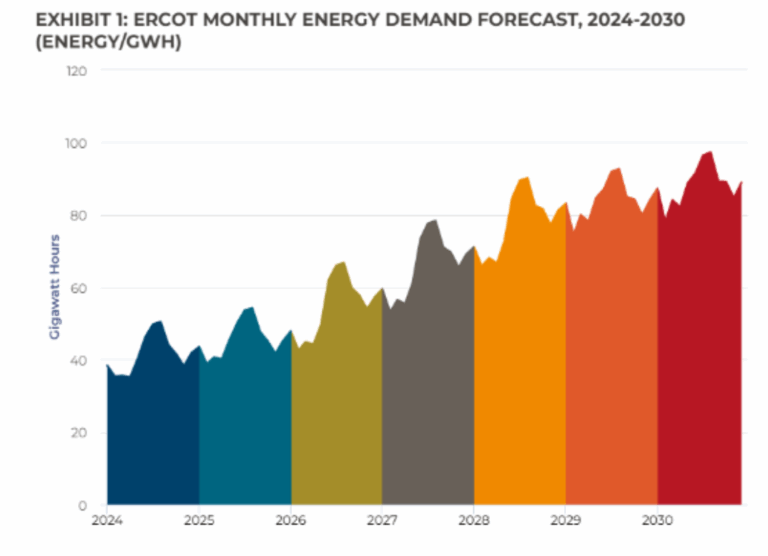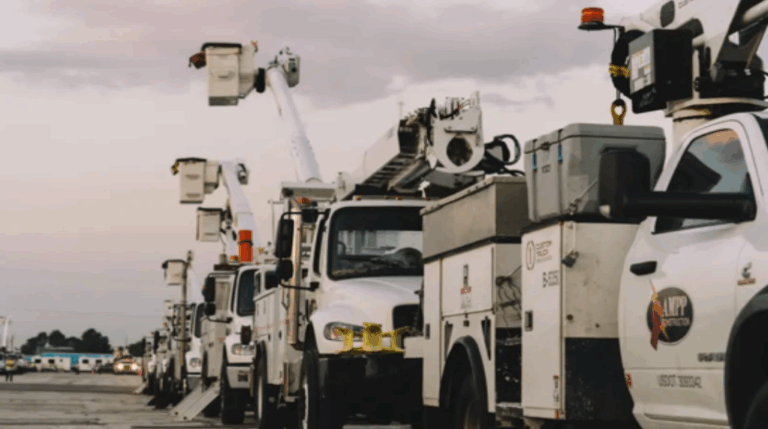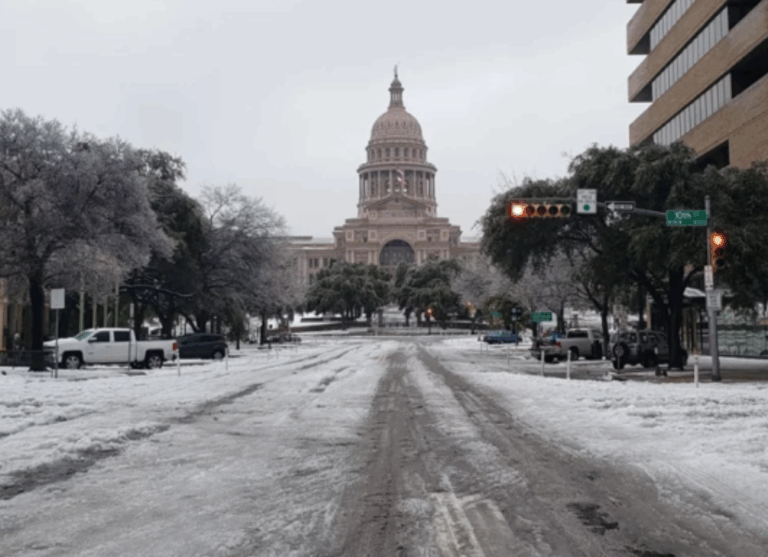A person carries a bucket of firewood in South Austin during the winter storm in February 2021. Millions of Texans lost power in the storm.
The electricity went out at the home of the Shah family in Northwest Austin during the massive blackout that gripped the state in February 2021.
The Shahs felt better off than many Texans. Their gas fireplace continued working, and they stayed warm sitting around it under blankets.
Then the family matriarch, 85-year-old Manjula, started showing signs of distress. Her children called an ambulance, but she succumbed to hypothermia at the hospital.
She was one of the 241 peoplewhose deaths the state says was linked to the historic winter storm and blackouts.
“The other day I woke up and, of course, started thinking of my mom,” Manjula’s daughter, Minal Shah, told KUT this week. “You question yourself. What could you have done more? Did I do enough? It leaves its mark on you.”
Since the blackout, Shah says everyone in her neighborhood is better prepared for emergencies. Many have bought home generators. Still, they get nervous when a winter storm comes in.

“It’s just a little anxiety that, you know, hopefully the power doesn’t go away this time,” she says.
Texas is the only state in the lower 48 that has no major connections to neighboring power grids. That means energy demand must be answered by supply largely within Texas. It also puts state leaders on the hook when it comes to grid reliability.
In the past four years, those leaders have delivered two different messages that might seem contradictory. One: The grid is better than ever. Two: There’s still plenty of work to be done.
It’s a balancing act that was on display earlier this month during Gov. Greg Abbott’s State of the State speech in which he touted a multibillion-dollar public fund approved last legislative session.
The fund provides incentives to to build new natural gas power plants that can deliver 10,000 megawatts of electricity to the state.
“That’s enough to power more than 2 million homes,” Abbott said.
“We must add more power this session to better fortify our grid,” he quickly added.
ERCOT sees (potential) storm clouds
Almost four years to the day after the start of the blackouts, the state’s grid operator, the Electric Reliability Council of Texas, released a report that will likely deepen concern over the power grid.
ERCOT’s Capacity, Demand and Reserves report, released Thursday, looks at different possible grid conditions into the future. It includes one extreme scenario in which the massive growth in energy demand in Texas surpasses available energy supply as early as 2026.

Experts were skeptical.
“I really don’t think all of this demand is going to show up,” said Joshua Rhodes, a research scientist at UT Austin who studies the grid. “I don’t think it’s physically possible for all this demand to show up.”
Rhodes said the new ERCOT forecast is based on recent mandates from the state Legislature to include more “speculative” growth in demand. For example, he said, if a data center is considering five different locations to open up shop in Texas, the law instructs ERCOT to “consider it like all five of those data centers are coming” in its projections.
While the new forecast model makes the report less useful for analysts and power companies, Rhodes said it may be welcome by lawmakers looking to encourage construction of more gas power plants.
“If you can make it look like the sky is falling, it could be a lot easier to make one’s case,” he said.
‘Political appetite’
A reliable energy system involves more than building new power plants, and analysts say the state has made progress in some areas.
After the blackout, lawmakers mandated weatherization standards to help power plants run in the cold, streamlined emergency communications and created programs to help some power plants maintain backup fuel.
Rhodes also points to a boom in solar power that’s helped meet peak energy demand, especially in the summer, and a boom in big batteries that have helped the grid year-round.
Though, he said, those developments happened largely without the support of the state Legislature.
“Texas didn’t do it for an energy transition reason at all,” Rhodes said. “We just made it easy to build things here. And so people started building things here.”
Critics of Texas energy policy say there is more to be done.
Conservationists point out that Texas has not improved energy efficiency standards since the blackouts. And state lawmakers and regulators generally reject the idea of joining up with neighboring power grids, something federal regulators have suggested for years.
Post-blackout, lawmakers also dismissed proposals to increase oversight of the state’s natural gas supply to ensure gas gets to power plants when needed.
“There doesn’t seem to be a political appetite to address that aspect of the gas industry here in Texas,” said Beth Garza, an Austin-based energy consultant and former market monitor for ERCOT.
Ultimately, Rhodes said, the truest test for how much the power grid has changed may be a storm of the same magnitude Texas saw in 2021. An ERCOT assessment in November found there is still an 80% likelihood of shorter “rolling” blackouts in such an event.
With severe cold fronts hitting the state more frequently, that’s not something Minal Shah wants to be around for. Earlier this week, she boarded a plane for a reunion with old friends. Shah said they discussed gathering in Austin, but decided against it.
“We couldn’t trust the weather,” she said. “And also we couldn’t trust if we would have power or not.”
They’re spending February in Florida instead.




